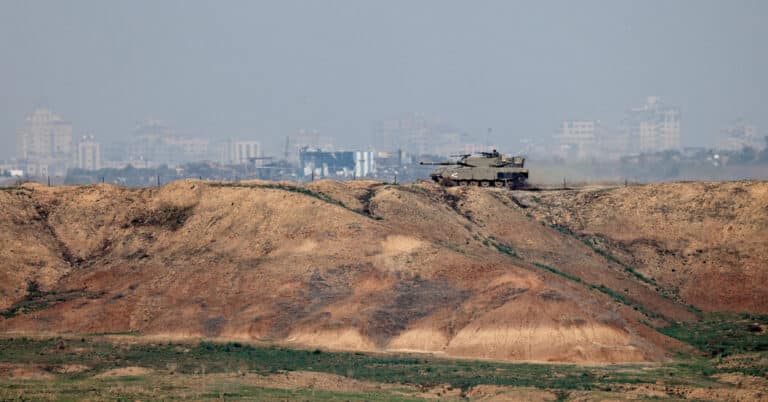Israel said it was continuing its pursuit of top Hamas leaders in the southern Gaza Strip, as civilians forced into slivers of land on the southern edge of the enclave faced continuing bombardment even in the places they were told to go to by the Israeli military.
Prime Minister Benjamin Netanyahu said Wednesday that Israeli troops had surrounded the home of Yahya Sinwar, the leader of Hamas in Gaza, in the southern Gaza city of Khan Younis. Israeli authorities have said that Mr. Sinwar masterminded the Hamas attacks in Israel on Oct. 7. It was not immediately clear if Israel had confirmed his presence inside the home.
“He can escape, but it is only a matter of time until we reach him,” Mr. Netanyahu said in a video posted on the social media site X.
Some of the tens of thousands of people ordered to leave parts of Khan Younis have fled farther south to Rafah, a city along the border with Egypt and one of the few remaining places Israel’s military has told displaced Gazans they can seek safety.
Later on Wednesday, Rear Adm. Daniel Hagari, the Israeli military’s chief spokesman, said Mr. Sinwar was “not above the ground” but did not provide any additional details about where they believed he is.
Israel on Tuesday released an undated photo of 11 senior Hamas leaders in what they said was in a tunnel under Gaza, saying five of those leaders had been killed.
Late Wednesday, at least one airstrike hit a home in Rafah, killing six people and injuring others, and the city was also hit with shelling from Israeli warships along the coast, according to Wafa, the Palestinian Authority’s news agency.
Aid groups in recent days have said that with shelters in Rafah well beyond capacity, people were setting up tents wherever they could, on the street, in empty lots or in public buildings, leaving them highly vulnerable.
Rafah has been a last-resort destination for many of the estimated 1.9 million civilians displaced in Gaza, and the only place where any distribution of relief supplies has been carried out in recent days because of intense fighting elsewhere in the strip.
It is also home to the only border crossing through which some foreign nationals and gravely injured people have been able to leave Gaza, and where critically needed supplies can enter.


